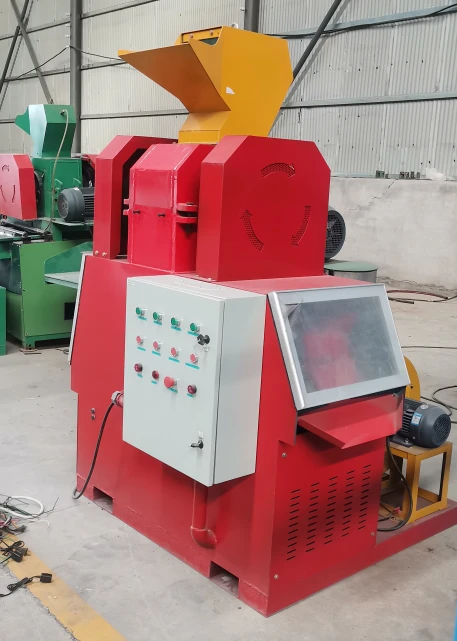Disposing of an old or broken TV might seem like a straightforward task, but it involves several considerations rooted in environmental responsibility and legal compliance. Here’s a detailed guide on how to dispose of a TV effectively while ensuring that you adhere to regulations and contribute positively to environmental sustainability.

Understanding the Importance of Proper TV Disposal
Televisions, especially older models such as CRTs, contain hazardous materials like lead and mercury, which can have detrimental effects on the environment and human health if not disposed of correctly. Newer flat-screen TVs also have electronic components that should not be simply thrown away. Responsible disposal not only protects the environment but also aligns with legal requirements in many regions that govern electronic waste (e-waste).

1.
Evaluate the Condition of the TV
Before deciding to dispose of your TV, assess its condition. If it is still functioning, consider donating it or selling it as second-hand goods. Many charities and thrift stores accept working electronics and may even offer pickup services. Online marketplaces can also be a viable option for reselling, giving your TV a second life and reducing waste.
2. Utilize E-Waste Recycling Programs
Most electronics recycling programs are equipped to handle various types of TVs. Contact your local waste management authority to find a designated e-waste recycling center. Many municipalities offer scheduled e-waste collection events or curbside pickup services for large electronics. Recycling centers safely dismantle each unit, extracting valuable materials like copper and aluminum, while ensuring harmful substances are managed correctly.
3. Manufacturer Take-Back Initiatives
Some TV manufacturers have take-back or recycling programs. Brands such as Samsung, LG, and Sony often provide convenient options for consumers to return old electronics for recycling. These initiatives are designed to minimize e-waste and encourage the safe disposal of outdated or broken TVs. Check your manufacturer's website or customer service for specific instructions and available facilities.
4. Participate in Retailer Recycling Programs
Major electronics retailers, including Best Buy and Staples, frequently offer recycling services for TVs and other electronic devices. Retailers might have restrictions on the size or type of TV they accept, so it’s advisable to verify details in advance. Retailer programs are convenient drop-off points as the stores are often easily accessible to most consumers.
how do you dispose of a tv
5. Consider Professional E-Waste Disposal Services
For a hassle-free experience, consider hiring a professional waste disposal service. These companies specialize in the collection, transportation, and recycling of e-waste. They ensure compliance with environmental regulations and provide documentation if required, adding a layer of trustworthiness to the disposal process.
6. DIY Disposal What Not to Do
While the DIY approach might be tempting, it’s crucial not to dispose of TVs via general waste bins or roadside dumping. This irresponsible practice contributes to landfill overflow and poses severe environmental risks. Instead, opt for one of the specialized e-waste solutions outlined above to ensure safe disposal.
Legal Considerations
Depending on your jurisdiction, there may be specific laws and regulations governing the disposal of electronic waste. Make sure to research and follow these guidelines to avoid potential fines and contribute to community sustainability efforts. The European Union, for example, has strict WEEE (Waste Electrical and Electronic Equipment) regulations aimed at reducing e-waste.
Environmental Impact and Sustainable Practices
By choosing to dispose of a TV responsibly, you play an integral role in fostering an eco-friendly environment and promoting sustainable practices. Recycling prevents hazardous materials from polluting ecosystems and allows valuable resources to be reused, reducing the need for new raw materials. Supporting sustainable practices ultimately contributes to a healthier planet and sets a precedent for future generations.
Conclusion
The disposal of a TV, handled with care and responsibility, aligns with principles of environmental stewardship and legal compliance. By evaluating the condition of your TV, exploring recycling options, and leveraging take-back initiatives, you ensure a comprehensive approach to e-waste management. This process not only adheres to laws but also upholds values of sustainability and community-mindedness, firmly establishing your role in protecting our environment.


